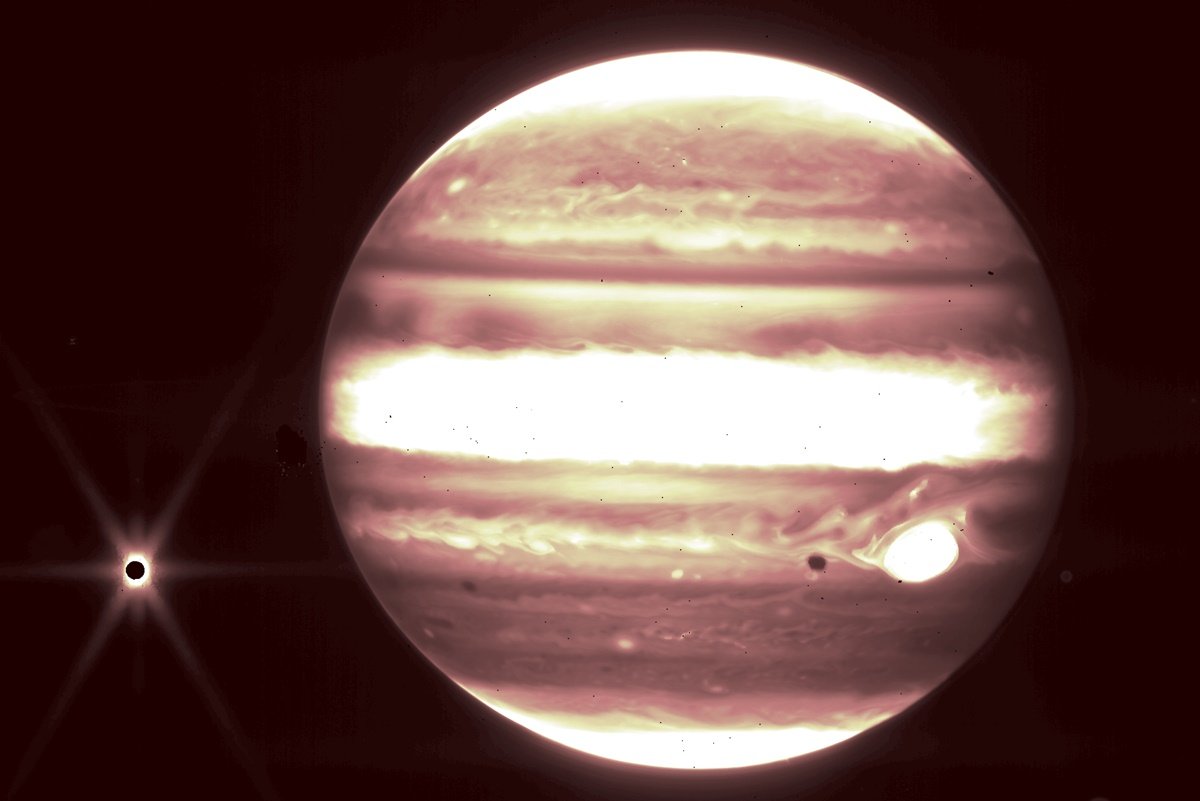As the observatory team selected new images for the growing legion of James Webb Space Telescope (JWST) fans, it also released Three never-before-seen photos of Jupiter.
Images taken while the telescope’s instruments are still adjusting show the giant planet with its characteristic ring and three moons, detailing Europa’s traditional shadow on the surface.
The document, which is attached to a commissioning report prepared by the Space Telescope Science Institute (STScI), is available on the institution’s website. Images were captured by the powerful infrared camera. – NIRCam –using two types of filters to focus different wavelengths of light. This was a test of the equipment before actual use.
How did James Webb photograph Jupiter?
The purpose of the NIRCam test was so that the space telescope could track fast-moving objects throughout the Solar System. To prove the hypothesis, JWST photographed a total of nine targets. Although larger and more spectacular, Jupiter was the slowest of them all. The result showed that space objects could be tracked even if it was a bright planet that could reflect sunlight into cameras.
According to the mission report, “Observing a bright planet, its moons and rings is expected to be difficult due to scattered light, which can affect the science instrument used, but at the same time, the orientation sensor needs to monitor nearby guide stars for the planet”. Test success shows that James Webb is ready to follow other moving objects. Like comets near Earthe.g.
(14) On Thursday, a new photo was added to the collection of images of Jupiter taken by James Webb. In the picture (below), you can see the planet in the center and its moon Europa on the left.

“Combined with previously published deep-field images, these images of Jupiter demonstrate Webb’s observational potential from the faintest and most distant galaxies to planets in our own cosmic backyard,” said Bryan Holler, a scientist at the Telescope Science Institute. in Baltimore (United States). The statement was made in a statement from NASA.
Source: Tec Mundo
I am Bret Jackson, a professional journalist and author for Gadget Onus, where I specialize in writing about the gaming industry. With over 6 years of experience in my field, I have built up an extensive portfolio that ranges from reviews to interviews with top figures within the industry. My work has been featured on various news sites, providing readers with insightful analysis regarding the current state of gaming culture.













